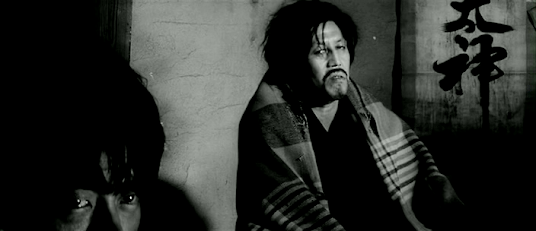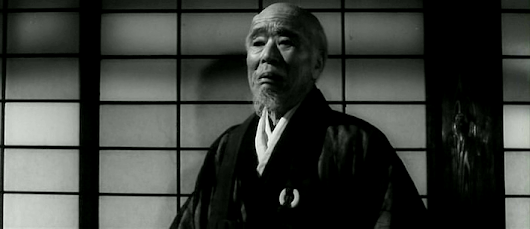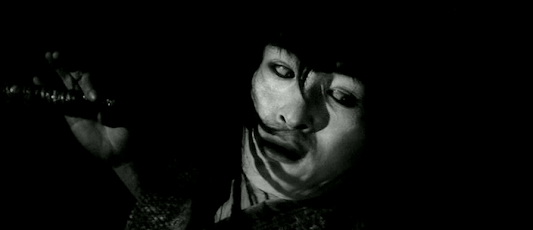Sanshiro Sugata / 姿三四郎 (1965)
Obscure Japanese Film #101
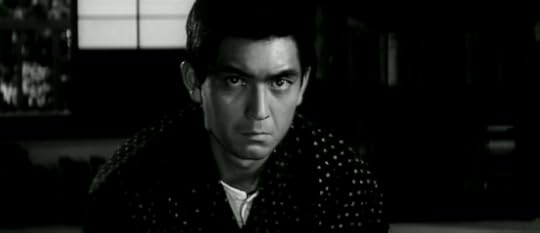 Yuzo Kayama
Yuzo KayamaAccording to StuartGalbraith IV in his book The Emperor andthe Wolf, this remake of Kurosawa’s debut film (about an early exponent ofjudo) and its sequel was motivated by the need to turn a quick profit after theinordinately lengthy and expensive production of Red Beard. However, this may not have been the only reason, as Sanshiro Sugata Part Two (1945) not onlycontained some badly dated anti-Western propaganda, but was actually considereda lost film at the time this remake was produced.*
In any case, Kurosawachose to co-produce the film, but not direct it, instead handing the reins overto the 42-year-old Seiichiro Uchikawa, who had been an assistant to animpressive range of directors, including Ozu, Kon Ichikawa, Hiroshi Shimizu andKenji Mizoguchi. He had found Mizoguchi extremely difficult and eventually beenfired by him after a dispute. Nevertheless, Uchikawa became a director himselfin 1953. By the time Sanshiro Sugatawent into production, he had already directed around 30 films – often also writingthe screenplays – and gradually built up a decent reputation without breakinginto the A-list. Most of these earlier films are inaccessible, the exceptionsbeing the two immediately preceding this one, namely Tange Sazen (1963) and Samuraifrom Nowhere (1964). The latter of the two was especially well-received andwas likely the reason why Kurosawa chose him as director of this remake. Unfortunatelyfor Uchikawa, Sanshiro Sugata wouldnot be received as positively, at least by the critics, and seems to havedamaged his career as he did not direct another feature film until 4 yearslater; when finally given another chance, he was reduced to making a vehiclefor the pop group known as The Tempters. In my opinion, that was unfair – whilethe remake lacks the panache that Kurosawa himself would no doubt have brought to it,in some ways it improves on the originals, benefitting from the use ofwidescreen, staging at least some of the fight sequences more effectively, and employinga stronger cast, and it’s certainly far more satisfying than Kihachi Okamoto’s1977 kiddie remake. Uchikawa was also somewhat straitjacketed by the obligationto follow Kurosawa’s blueprint, as Kurosawa made only minor changes to hisoriginals and even had Uchikawa replicate the montage of the abandoned geta.
Kurosawa further puthis stamp on the film by filling the cast with his favourite actors. YuzoKayama (son of Ken Uehara) had just co-starred in Red Beard, and makes a good Sanshiro, being both convincing in thefight scenes and likeable in general. Toshiro Mifune is the perfect actor toplay his mentor, Shogoro Yano, and it’s great to see him kicking ass at thebeginning, hurling multiple assailants into a canal. Also ideal casting is BokuzenHidari as the comic priest who gives Sugata a hard time, while Yunosuke Ito andTsutomu Yamazaki make effective bad guys, and even Takashi Shimura pops up, althoughhis part is so brief it seems a mere token gesture. In the first film, Shimurahad played ju-jitsu master Hansuke Murai, the part played here by Daisuke Kato(surprisingly convincing as a formidable martial artist!).
 Takashi Shimura
Takashi Shimura
 Daisuke Ito and Eiji Okada
Daisuke Ito and Eiji Okada
 Not Robert Shaw, but Eiji Okada
Not Robert Shaw, but Eiji Okada
From outside theKurosawa stable, Eiji Okada is impressive in a dual role as two of the brotherswho are Sugata’s most dangerous opponents (as karate master Tesshin, he looksremarkably like Robert Shaw). The female characters are played by less familiarnames – Yumiko Konoe is the love interest, while Chisako Hara** plays YunosukeIto’s vengeful daughter. Konoe’s main career has been as a singer, while Hara wasthe wife of director Akio Jissoji, and had a long career, but mainly playedsupporting roles in movies. Both are fine, but Hara has the more interestingrole even though it’s much smaller than Konoe’s.
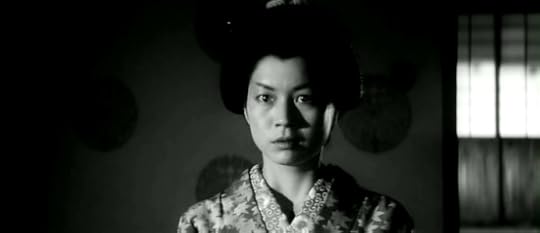 Chisako Hara
Chisako Hara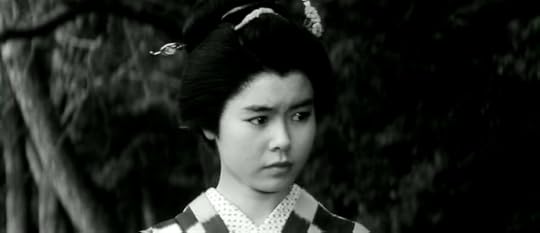 Yumiko Konoe
Yumiko KonoeThe high-contrastcinematography looks good throughout, while Yojimbocomposer Masaru Sato provides a score which, ironically, seems to be imitatingEnnio Morricone’s music for Sergio Leone’s unacknowledged Yojimbo remake, A Fistful ofDollars. The film’s main flaw is that it feels too long at two and a halfhours, but otherwise it’s hard to imagine it could have been much improved on bya director other than Uchikawa – unless, of course, it were Kurosawa himself,or perhaps Masaki Kobayashi. On the evidence of the film alone, it’s hard tosee why it should have been a career-killer for Uchikawa, although it’sentirely possible there are additional unknown factors which account for thesudden 4-year gap in his film career after this was released. Although thisfilm has been largely ignored by critics, its current of rating of 7.4 on IMDbstrongly suggests that most people who have seen it enjoyed it, and I wouldcertainly encourage anyone interested to check it out if you have the chance.
*A print wassubsequently discovered in Russia.
**Chisako Hara is listed as two separate people on IMDb.


